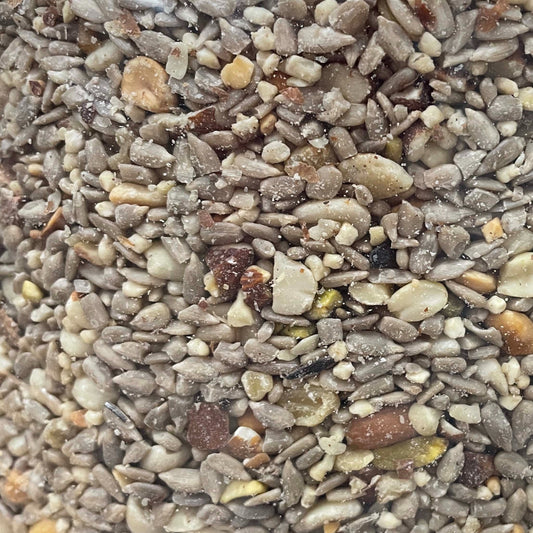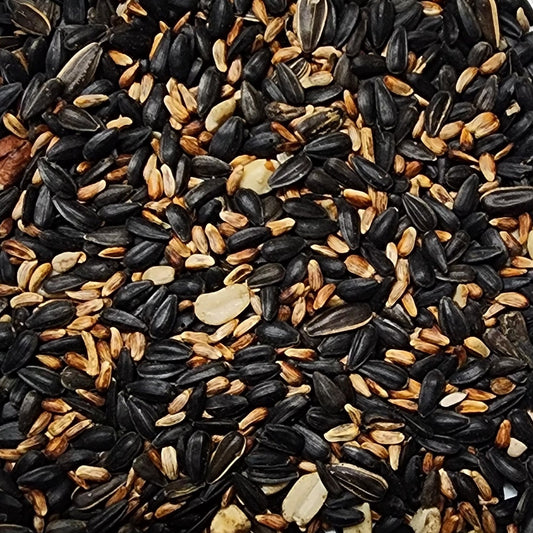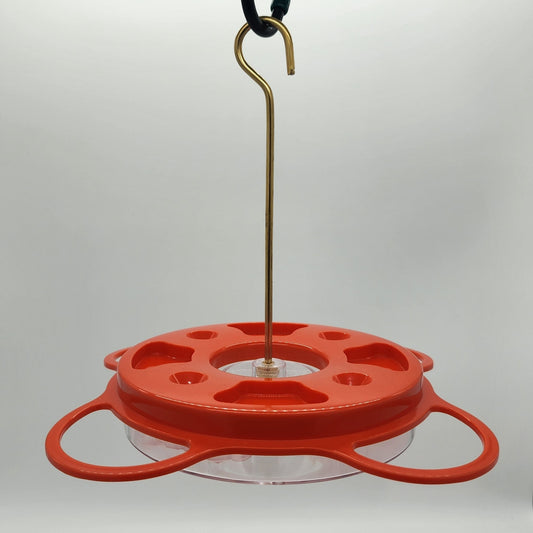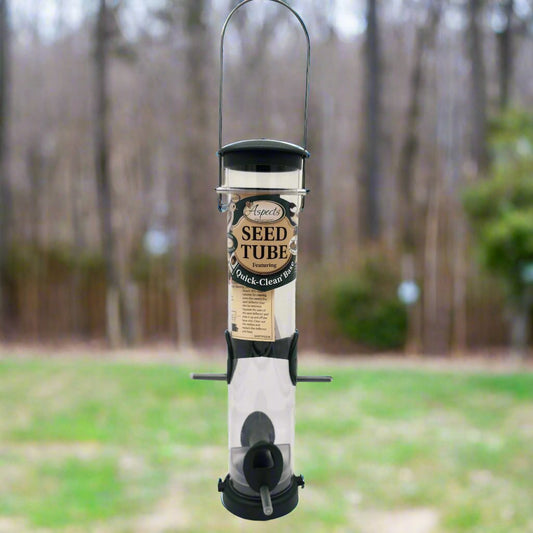Dark-eyed Junco
 For the most part, Missouri isn't thought of as a great winter vacation destination. In fact, it is far more common for Missourians to escape winters for warmer climes. Luckily for us, this isn't the case with birds.
For the most part, Missouri isn't thought of as a great winter vacation destination. In fact, it is far more common for Missourians to escape winters for warmer climes. Luckily for us, this isn't the case with birds.
Each fall we can count on certain birds who think of Missouri as a perfectly wonderful wintering spot to make an appearance at our feeders. A flash of bright white outer tail feathers on a small dark gray bird lets us know that our most famous "snow birds" have returned.
Dark-eyed juncos are one of the more "colorful" members of the sparrow family. Slate gray and white generally doesn't constitute colorful but when most of your cousins are generally differing degrees of brown, you stand out.
I think my favorite junco story comes from a personal experience a few years ago. While I was at Burr Oak Woods in Blue Springs, I would often help bird-bander Marguerite Solomon. When a bird that has been banded by a "bander" is found, the finder and the bander get a card giving what information is known about its life. While working with Marguerite, she received a card for a junco she had banded at Burr Oak Woods seven years earlier. During the seven year span, she had captured and released this bird two more times. We know this bird that weighs no more than a few paper clips had found its way from its nesting grounds each year to the same "back yard" in Blue Springs for at least seven years. Oh, where was it found? It had struck a window at a home 100 miles north of Edmonton, Alberta, Canada! Amazing.
How do birds migrate with such accuracy? We are not entirely sure but you can bet that our junco had not only visited the same back yard each winter but was probably within a few yards of his previous year's nesting site as well.
Juncos are the ultimate in a ground feeding winter bird. They are attracted with the least expensive seed available (millet) and don't care for fancy feeders. They feel safest on the ground.
Make sure you take a good look at your juncos because there are two different color forms that occur in our area. By far the most common are the slate-colored variety. The darker birds are males and the darker they are may be an indication of age.
Occasionally you will spot a bird that is distinctly gray/black-hooded in appearance (with a brown back). These birds are known as "Oregon" juncos. Currently these are all considered different color forms of the same species.
Mark's Spotlight
-
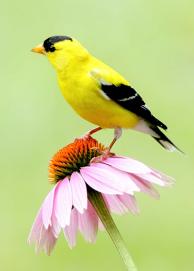
American Gold Finch
Read more about the American Goldfinch -
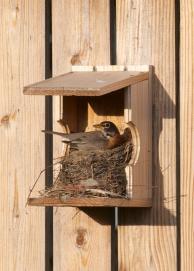
American Robin
Read more about the American Robin -
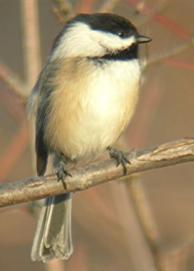
Black-Capped Chickadee
Read more about the Black-Capped Chickadee -
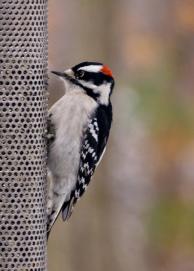
Downy Woodpecker
Read more about the Downy Woodpecker -
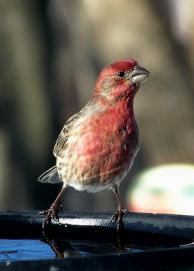
House Finch (Male)
Read more about House Finch -
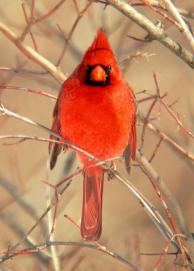
Northern Cardinal
Read More about Northern Cardinal
Shop Now!
-
Mark's No-Waste Blend™
Regular price From $15.99 USDRegular price -
Boardwalk Blend™
Regular price From $8.99 USDRegular price -
NP1009 OrioleFest
Regular price $29.99 USDRegular price -
Multi-Seed Tube Feeders w/Quick-Clean® Bases
Regular price From $59.99 USDRegular price







